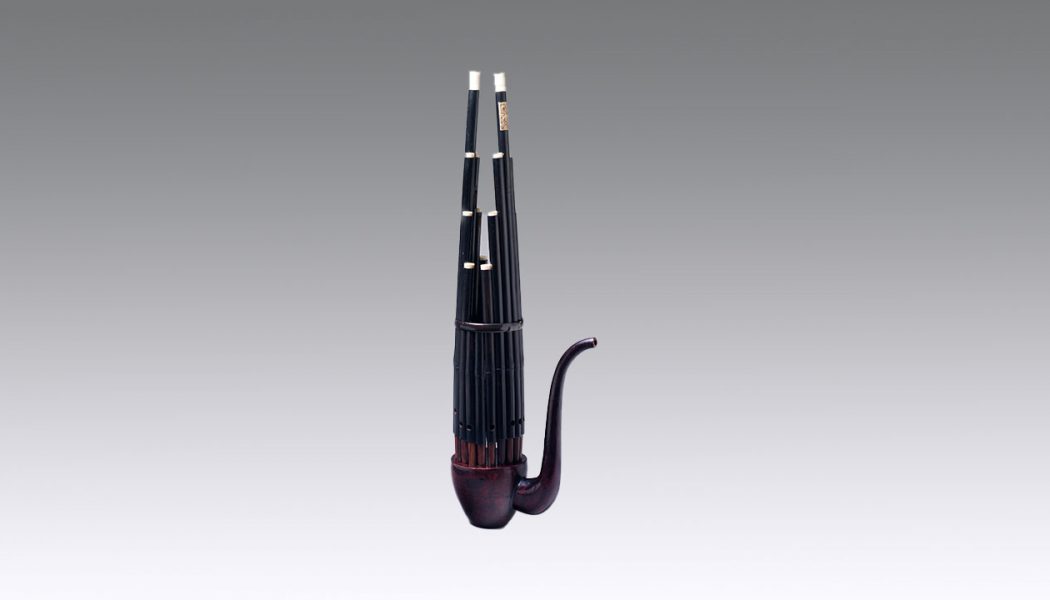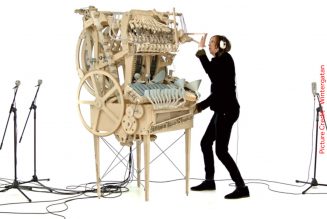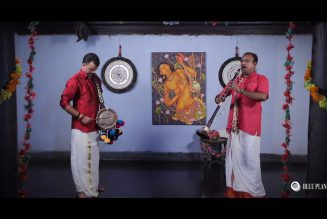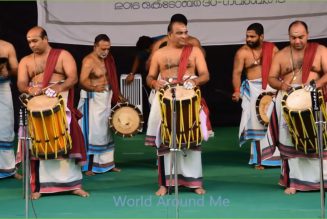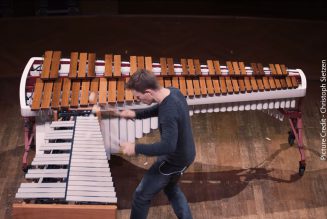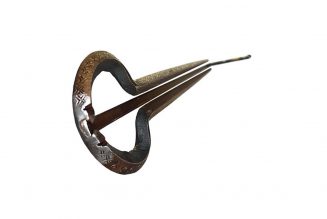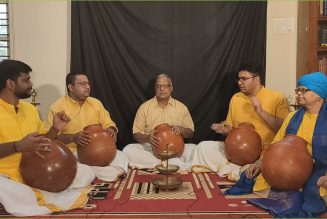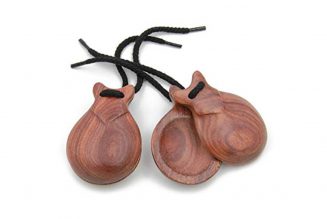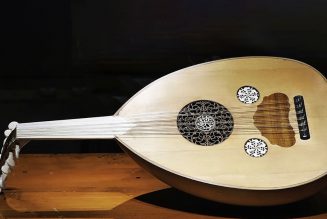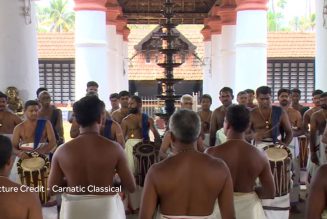The Sheng is one of the oldest Chinese Musical Instruments. It is a mouth-blown, Polyphonic Free Reed Instrument. It consists of vertical pipes. Sheng dates back to 1100 BCE and traditionally it is used as an accompaniment instrument for Solo Suona or Dizi performances. Sheng is one of the main instruments in Kunqu and some other forms of Chinese Opera.
There is a belief that Johann Wilde (18th-century German violinist and musical instrument inventor) and Pere Amiot (French Jesuit missionary in Qing China) traveled to China. And that they brought the first Sheng to Europe in 1740 and 1777 respectively. Chinese Free-Reed Wind instruments Sheng and Yu were first mentioned in Bone Oracle writings dating from the 14th to 12th centuries BCE.
The Sheng is used by either exhaling or inhaling into its mouthpiece. The players can produce continuous sound without pausing, by quickly switching between the two. Sheng’s reeds vibrate at a fixed frequency as opposed to single reeds, double reeds and pointed free reeds, which vibrate at the pitch according to the length of the attached air column. When the hole(s) of the pipe(s) of the Sheng is covered, the entire length of the pipe(s) will resonate with the reed’s frequency. The traditional style is to produce two or three notes at the same time by adding a fifth and/or Octave above the main melody note. There are varieties of Shengs classified as Traditional Sheng and Keyed Sheng.
Read more about Sheng here
